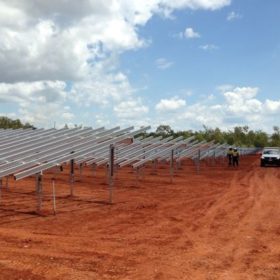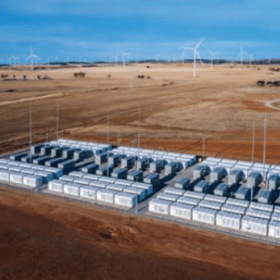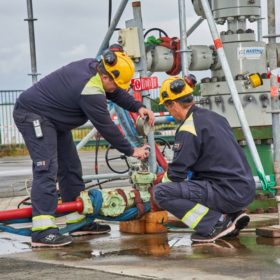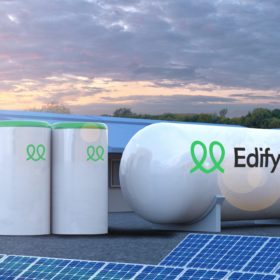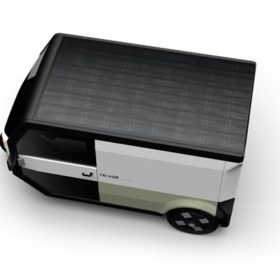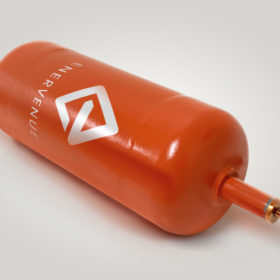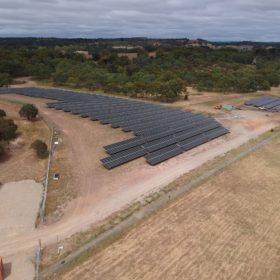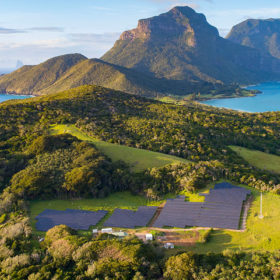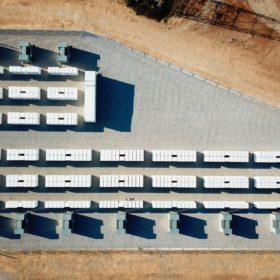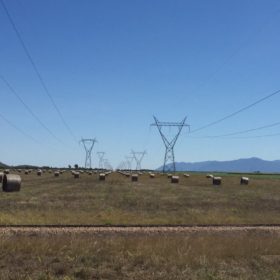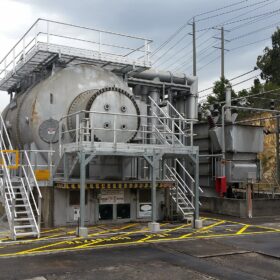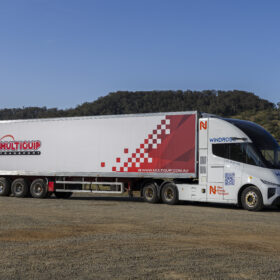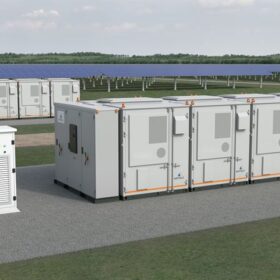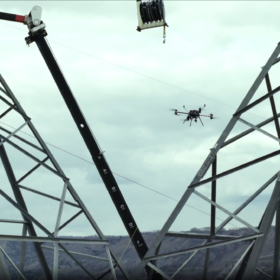Rio Tinto ramps up solar at remote mining operation
Mining giant Rio Tinto has confirmed Energy Developments Limited is poised to begin construction of a new solar farm and battery energy storage system that will more than triple the solar PV generation capacity at the Anglo-Australian multinational’s $2.6 billion bauxite mining operation at Weipa in far north Queensland.
Australian regulator takes Tesla big battery to court
The Australian Energy Regulator has filed a lawsuit against the Hornsdale Power Reserve, which is owned and operated by French renewable energy developer Neoen, alleging it failed to provide the grid security services it was paid to deliver.
Dutch gas giant begins storing hydrogen in underground salt cavern
Operated by Gasunie, the underground storage facility is located near Veendam in the province of Groningen and should be fully operational in 2026. Tests will be run until spring 2022.
Edify approved for 1 GW green hydrogen and battery project in North Queensland
Renewables developer Edify Energy has been granted development approval to build and operate a green hydrogen production plant of up to 1 GW, as well as a behind-the-meter solar and battery storage facility within the Lansdown Eco-Industrial Precinct in Townsville, northern Queensland.
Solar-powered delivery van with 400 km range
Swedish start-up Clean Motion is seeking to commercialise an electric delivery van that is also powered by IBC solar modules placed on its roof. The vehicle is claimed to have a 400 km range, of which up to 130 km are provided by the PV array.
Nickel-hydrogen battery for large scale renewables
U.S. start-up EnerVenue has secured funding to build a gigafactory to produce nickel-hydrogen batteries for large scale renewable and storage applications. The battery has an efficiency ranging from 80 to 90%, depending on the cycle rate, and its energy density per square foot is equal to, or better than lithium-ion batteries, according to the company.
Solar energy on tap for SA water
Power and water are a classic utility couple. SA Water has switched up the relationship with another solar plant energised in its massive solar rollout that is set to save on both costs and carbon.
Solar microgrid adds green cred to Lord Howe’s already lush paradise
Until this year, Lord Howe Island was totally reliant on diesel generation for its electricity. A solar powered hybrid microgrid, integrated into the island’s supply since April, has now been declared a resounding success.
EnergyAustralia progresses plans for ‘world’s biggest battery’
The rollout of large-scale batteries in Australia continues with electricity gen-tailer EnergyAustralia issuing a call for a project partner to help deliver the Wooreen Energy Storage System to be built in Victoria’s Latrobe Valley.
New player ACE Power enters Australian market with 1.3 GW portfolio
Australian renewable energy developer ACE Power has called on the federal government to set clear policy and emissions targets as it looks to make an impact on the nation’s transition to renewables with an estimated 1.3 GW portfolio of large-scale solar PV, wind and battery energy storage projects in development.
